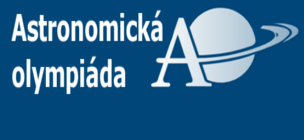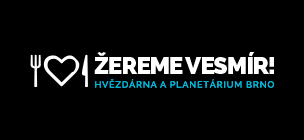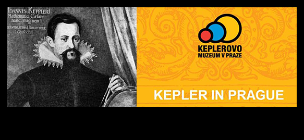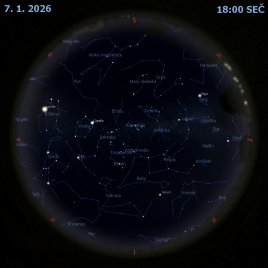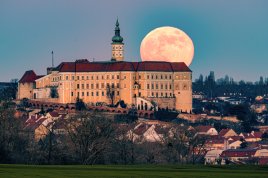Hvězdný kolotoč
Nová ultrafialová pozorování ukázala, že v naší galaxii existuje hvězda, která se otáčí 200krát rychleji než naše Slunce.
Žlutý obr označený jako FK Com je desetkrát větší než Slunce a při svém zběsilém otáčení vyzařuje obrovské množství rentgenového, ultrafialového a radiového záření. Rychle rotujících hvězd je známa celá skupina. Co stojí za jejich vysokou rychlostí otáčení?
Vědci se stále více kloní k názoru, že původně se jednalo o dvojhvězdu složenou z obyčejných hvězd podobných Slunci. Jejich osud ale zpečetil fakt, že kolem sebe obíhaly příliš blízko. Vzájemným třením atmosfér se postupně přibližovaly a obíhaly kolem sebe stále rychleji. Nakonec se spojily a vznikla hvězda jediná. Získala ale stejnou rychlost rotace, s jakou kolem sebe obíhaly původní hvězdy.
FK Com je od nás vzdálena 800 světelných let, což v galaktickém měřítku není mnoho. Astronomové ji pozorovali 12. ledna 2004 po dobu čtyř hodin ultrafialovou družicí FUSE. Rychlost otáčení hvězdy změřili na 360 km za sekundu.
FK Com je pokryta tmavými skvrnami připomínající skvrny sluneční. Hvězda je velmi aktivní a často se u ní pozorují rentgenové erupce téměř stotisíckrát silnější než sluneční. FK Com je extrémním příkladem sluneční aktivity a můžeme být rádi, že naše mateřská hvězda je v porovnání s ní klidná "jako beránek".

